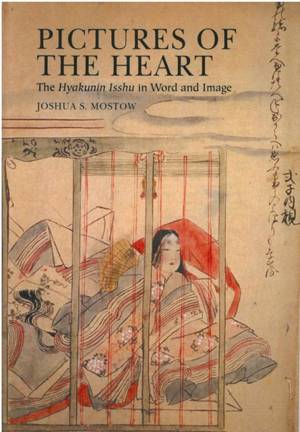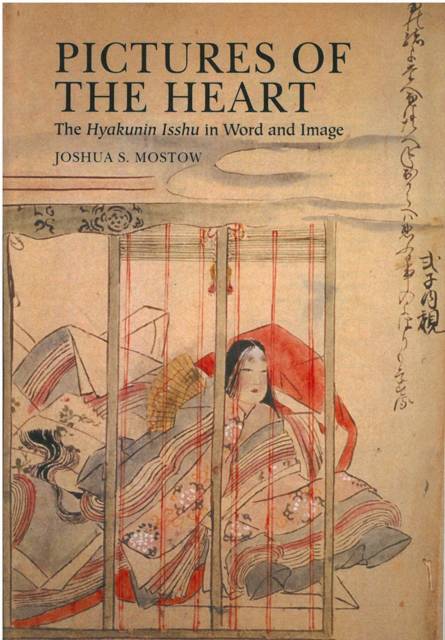
- Afhalen na 1 uur in een winkel met voorraad
- Gratis thuislevering in België vanaf € 30
- Ruim aanbod met 7 miljoen producten
- Afhalen na 1 uur in een winkel met voorraad
- Gratis thuislevering in België vanaf € 30
- Ruim aanbod met 7 miljoen producten
Zoeken
€ 40,45
+ 80 punten
Omschrijving
The Hyakunin Isshu, or One Hundred Poets, One Poem Each collection, is a sequence of one hundred Japanese poems in the tanka form, selected by the famous poet and scholar Fujiwara no Teika (1162-1241) and arranged, in part, to represent the history of Japanese poetry from the seventh century down to Teika's own day. The anthology is, without doubt, the most popular and widely known collection of poetry in Japan - a distinction it has maintained for hundreds of years. In this study, Joshua Mostow challenges the idea of a final or authoritative reading of the Hyakunin Isshu and presents a refreshing, persuasive case for a reception history of this seminal work.In addition to providing a new translation of this classic text and biographical information on each poet, Mostow examines issues relating to text and image that are central to the Japanese arts from the Heian into the early modern period. By using Edo-period woodblock illustrations as pictorializations of the poems - as "pictures of the heart," or meaning, of the poems - text and image are pieced together in a holistic approach that will stand as a model for further research in the interrelationship between Japanese visual and verbal art. [A/GB]
Specificaties
Betrokkenen
- Auteur(s):
- Uitgeverij:
Inhoud
- Aantal bladzijden:
- 544
- Taal:
- Engels
- Reeks:
- Reeksnummer:
- nr. 26
Eigenschappen
- Productcode (EAN):
- 9781929280858
- Verschijningsdatum:
- 1/01/2015
- Uitvoering:
- Paperback
- Formaat:
- Trade paperback (VS)
- Afmetingen:
- 178 mm x 254 mm
- Gewicht:
- 430 g

Alleen bij Standaard Boekhandel
+ 80 punten op je klantenkaart van Standaard Boekhandel
Beoordelingen
We publiceren alleen reviews die voldoen aan de voorwaarden voor reviews. Bekijk onze voorwaarden voor reviews.











